UNStudio's Doha Metro Network scheme is a nexus of ideas
A new metro network system for Doha, designed by UNStudio, secures a bespoke infrastructure package for the city's present and future, as well as a platform for public life
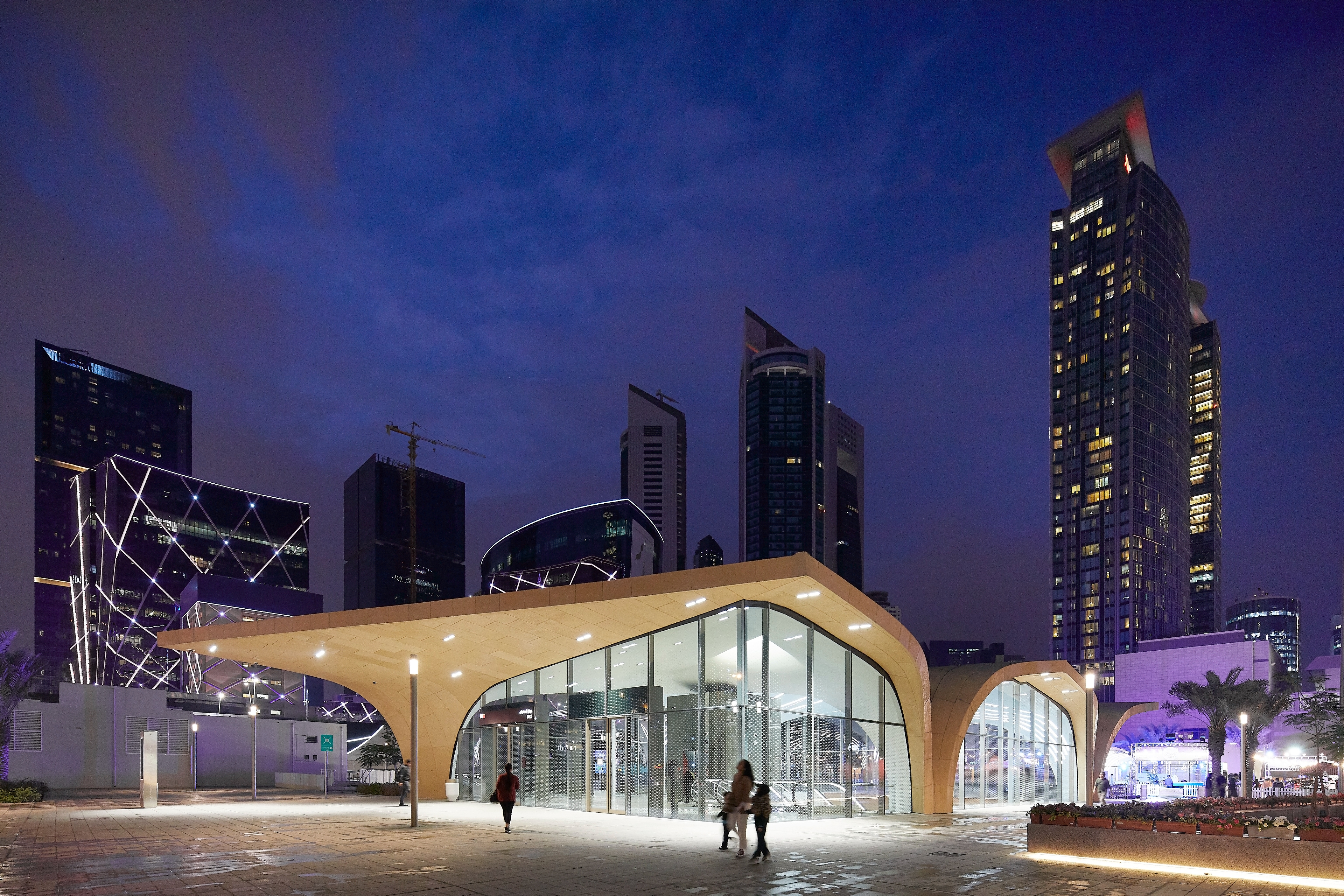
Hufton + Crow - Photography
The city of Doha has just got a new transport system. Conceived and designed by Dutch architecture firm UNStudio, the Doha Metro Network is set to help the city rely on private cars less and make travelling both more streamlined and cleaner in terms of carbon emissions.
This project was not about your usual station building design. When the practice won the commission, they set out to create a whole toolbox of elements and ideas. Instead of designing buildings, they put together an extensive set of three-dimensional elements that would be modular so that they can be used in different configurations, in various sites and contexts. This would make up a holistic design package that would ensure that not only the current stations follow the same style and architectural approach – in terms of functionality and visual identity – but also any future ones would too.
‘We set up a unique series of "elements" that you could use, mix and match, mirror and reposition in order to make a variety of stations shapes and sizes,' explains UNStudio co-founder Ben van Berkel. ‘There’s a manual with everything in there – from construction details, to how materials and light in the station needs to be placed, how wayfinding becomes part of the system, so every architect and subcontractor who is called to work on a station in the future can use it and create from this manual.'

The outcome displays the signature UNStudio aesthetic, featuring swooping curves and defining geometries. ‘We have a fascination for complex geometries and we knew that only with a few key, carefully designed elements you can make many variants but also keep the identity of the stations similar – that’s part of what the client had asked,' continues van Berkel.
This scheme, the architects explain, is also a key step in creating a new public space for the city. The metro network, van Berkel says, should be a space for social interaction, exercise and encounters, as much as a valuable bit of infrastructure: ‘Part of the ambition was to create the network as a part of the city's public life.' Encouraging people to leave their cars behind, walk more and meet, was important. A retail element in the bigger stations helps support the expected footfall.
‘This project will make Doha a metropolitan city,' the architect adds. ‘I like the idea that the Doha Metro Network will generate an enormous amount of activity. It is made for the city first - but also ease transit in between stadiums during the upcoming world cup.'
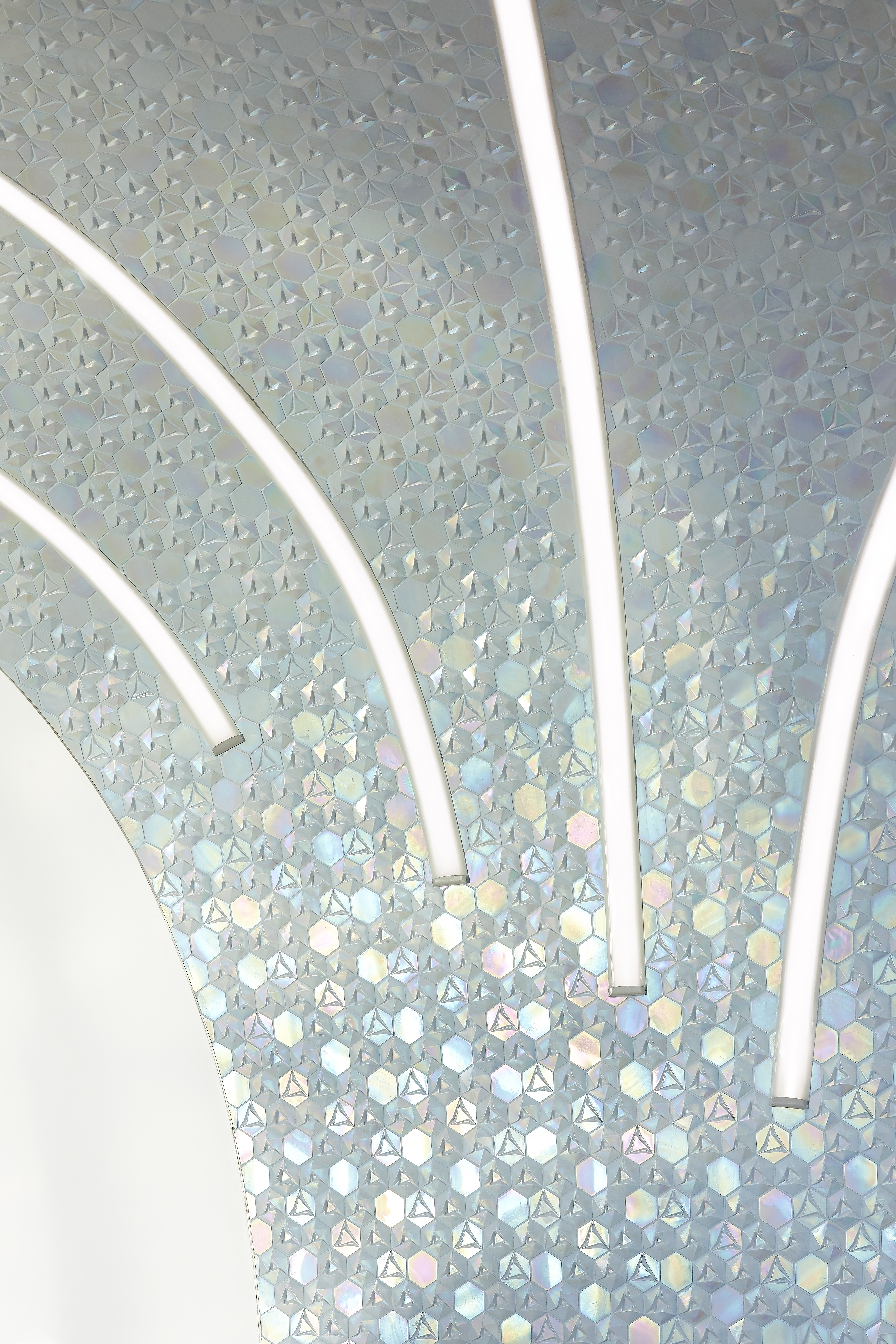
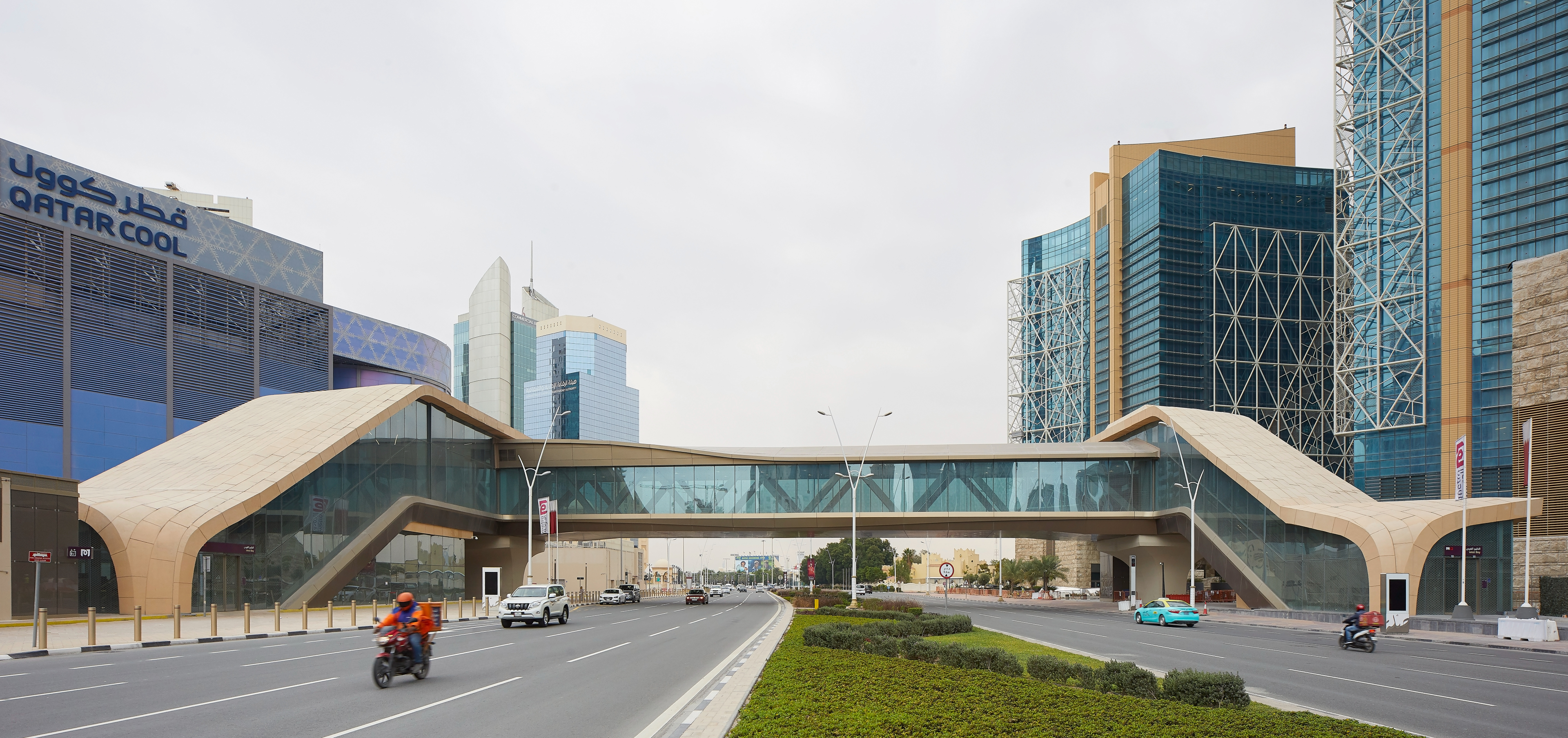


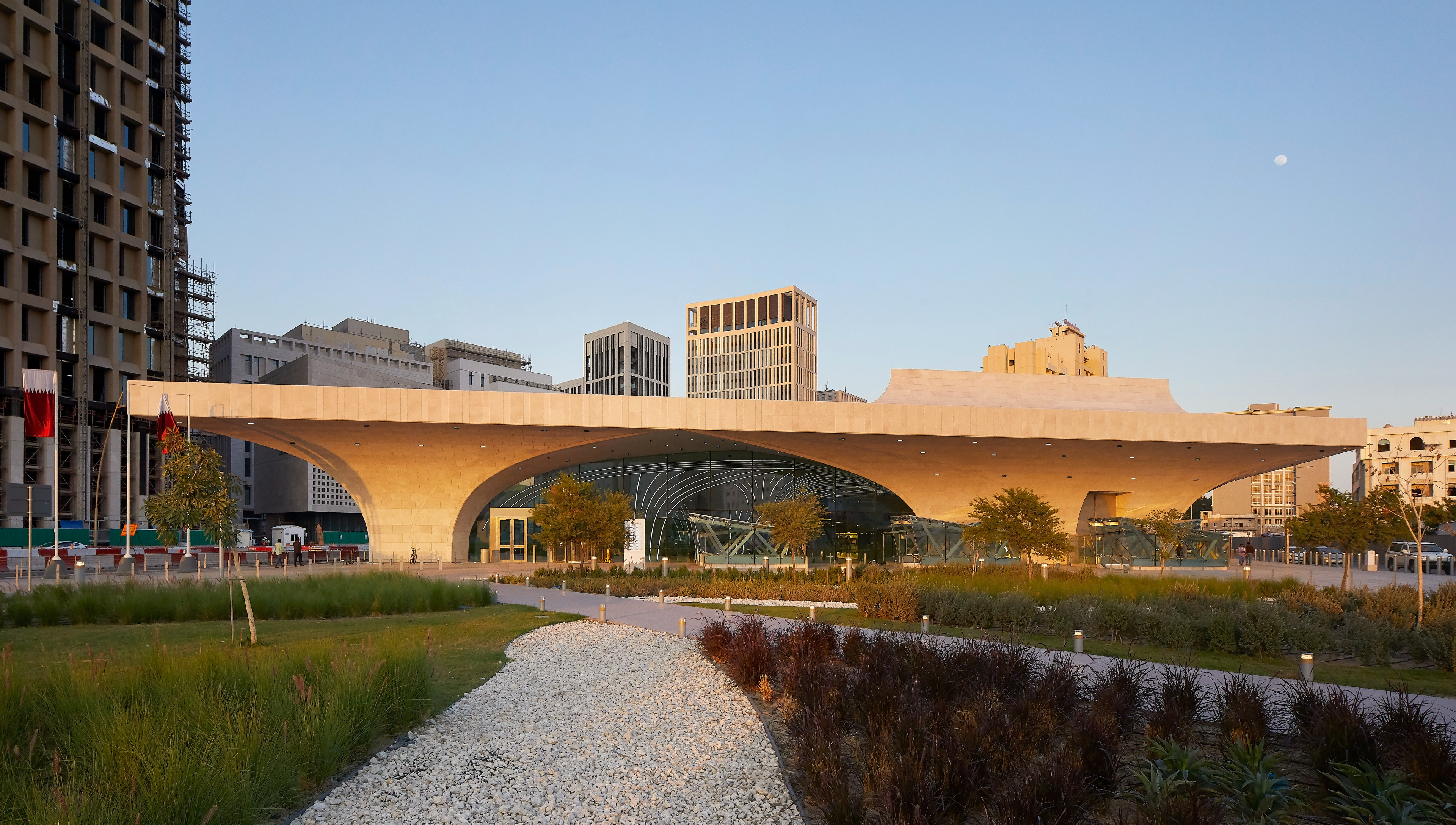
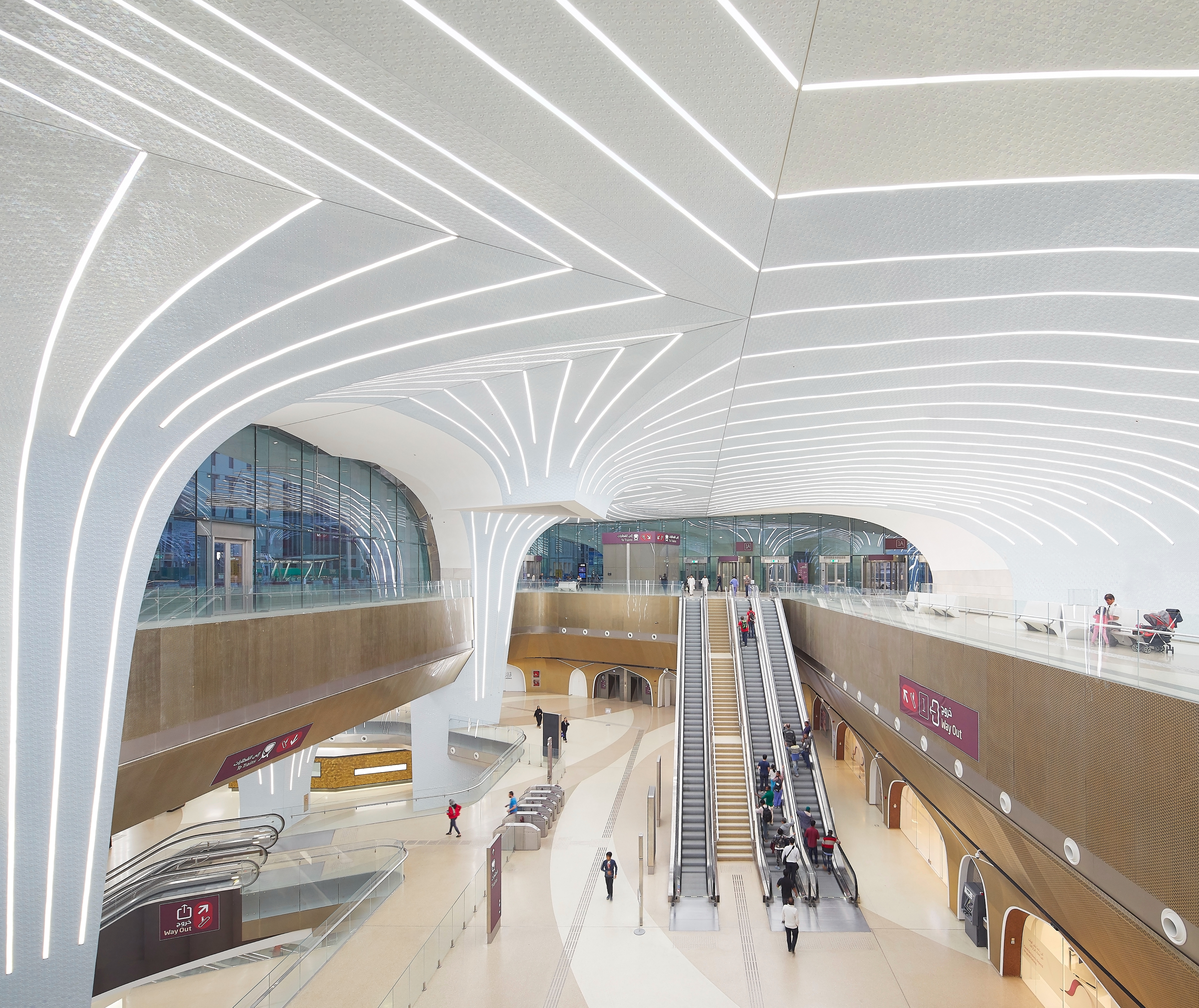
INFORMATION
unstudio.com
Receive our daily digest of inspiration, escapism and design stories from around the world direct to your inbox.
Ellie Stathaki is the Architecture & Environment Director at Wallpaper*. She trained as an architect at the Aristotle University of Thessaloniki in Greece and studied architectural history at the Bartlett in London. Now an established journalist, she has been a member of the Wallpaper* team since 2006, visiting buildings across the globe and interviewing leading architects such as Tadao Ando and Rem Koolhaas. Ellie has also taken part in judging panels, moderated events, curated shows and contributed in books, such as The Contemporary House (Thames & Hudson, 2018), Glenn Sestig Architecture Diary (2020) and House London (2022).
-
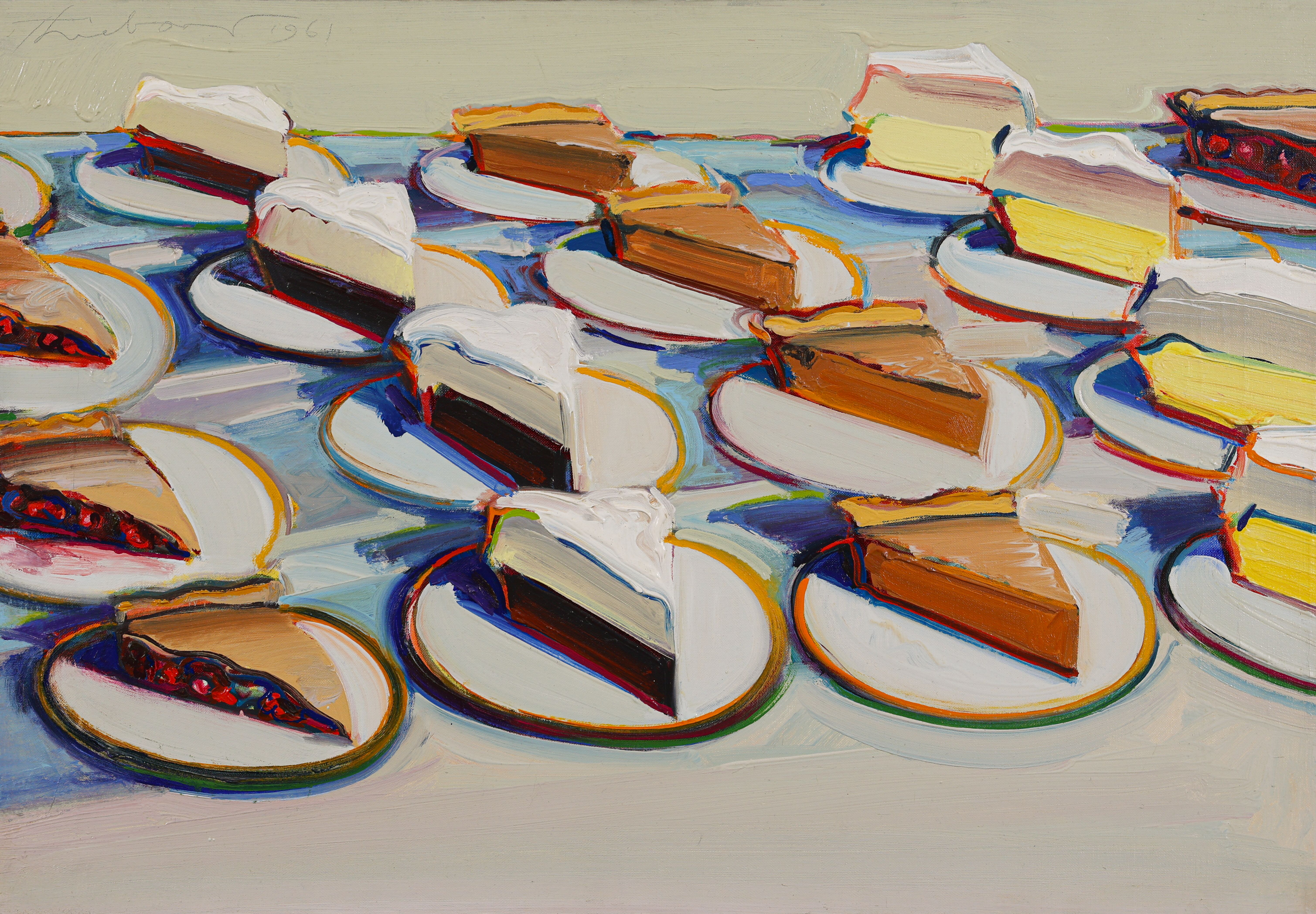 Why are Wayne Thiebaud’s paintings at the Courtauld quite so tempting?
Why are Wayne Thiebaud’s paintings at the Courtauld quite so tempting?The American artist’s thickly painted slices of cake at the Courtauld are some of our favourite artworks seen this year. What makes them so special?
-
 Taiwan’s new ‘museumbrary’ is a paradigm-shifting, cube-shaped cultural hub
Taiwan’s new ‘museumbrary’ is a paradigm-shifting, cube-shaped cultural hubPart museum, part library, the SANAA-designed Taichung Green Museumbrary contains a world of sweeping curves and flowing possibilities, immersed in a natural setting
-
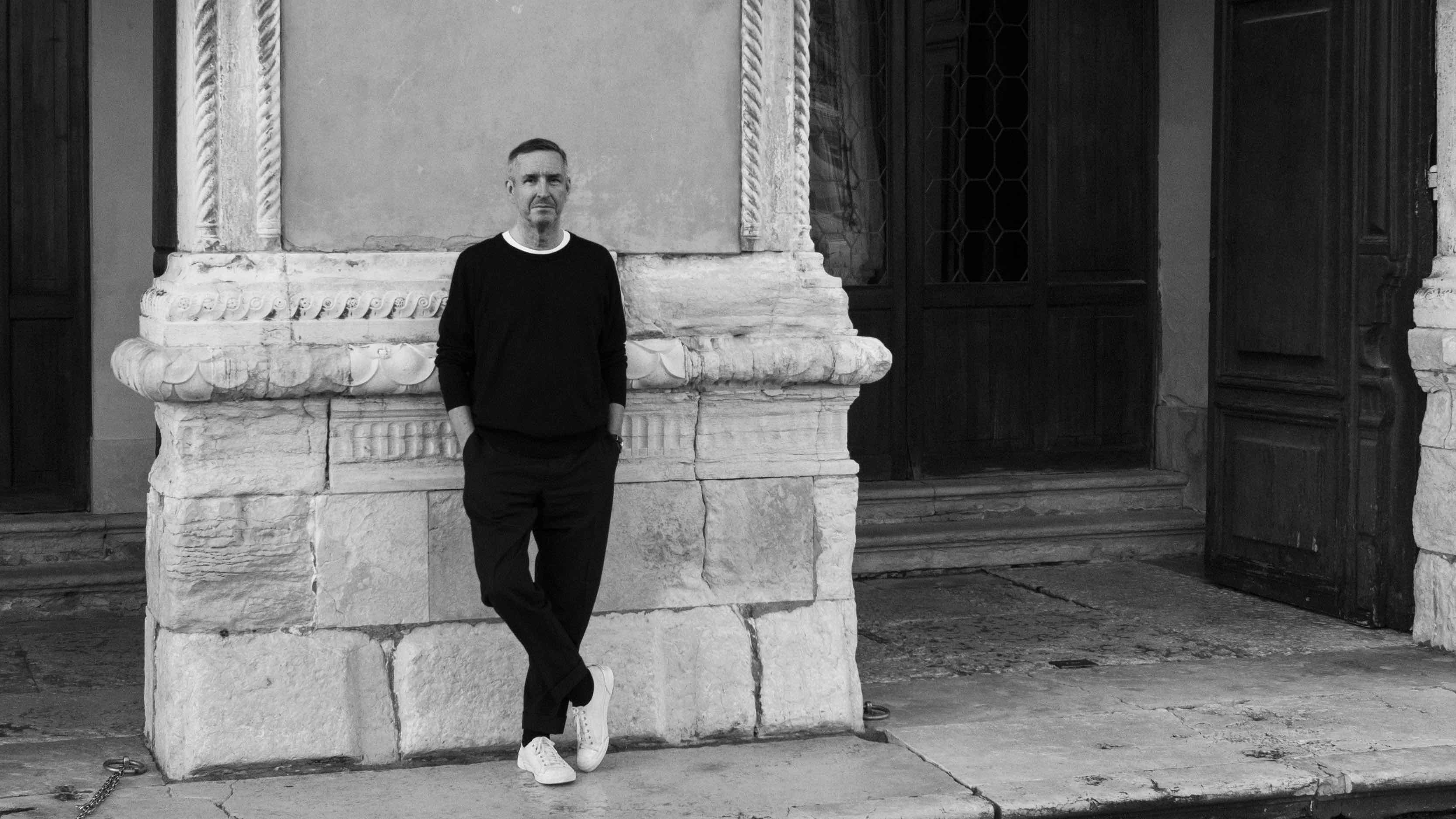 Dries van Noten on why he's building a new home for craft in Venice
Dries van Noten on why he's building a new home for craft in VeniceA year after departing the runway, Dries van Noten unveils his next chapter: the Fondazione Dries Van Noten, a newly announced cultural initiative in Venice celebrating craft in all its forms. Wallpaper* meets the designer to find out why he’s not ready to retire.
-
 Introducing the MC20 – the new Maserati super sports car
Introducing the MC20 – the new Maserati super sports carWe spoke to Klaus Busse, the man who heads up FCA’s design team, overseeing Fiat, Abarth, Lancia, and Alfa Romeo, as well as Maserati, about the origins and aspirations for the company’s new super car model
-
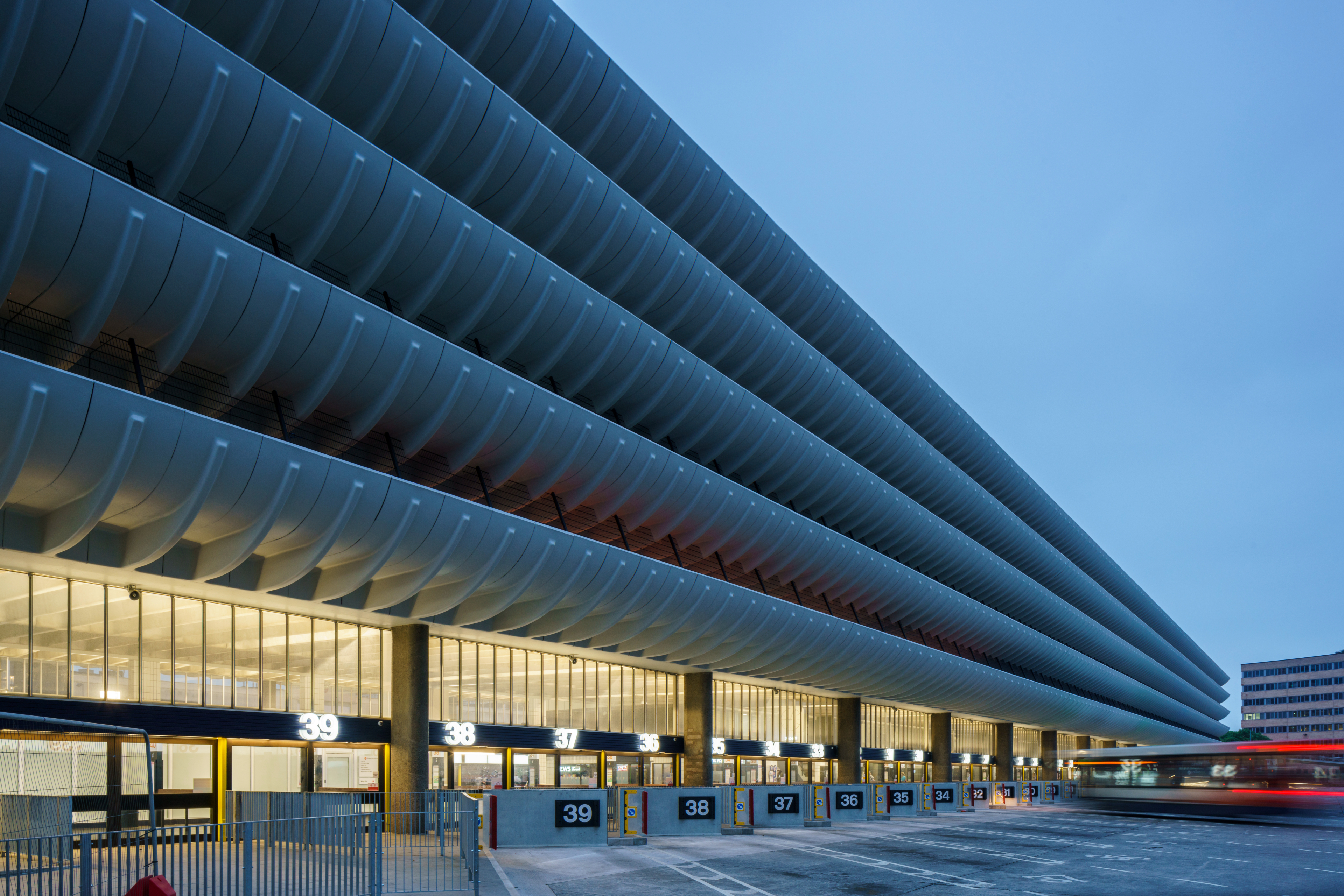 Brutalist icon Preston Bus Station gets facelift by John Puttick Associates
Brutalist icon Preston Bus Station gets facelift by John Puttick Associates